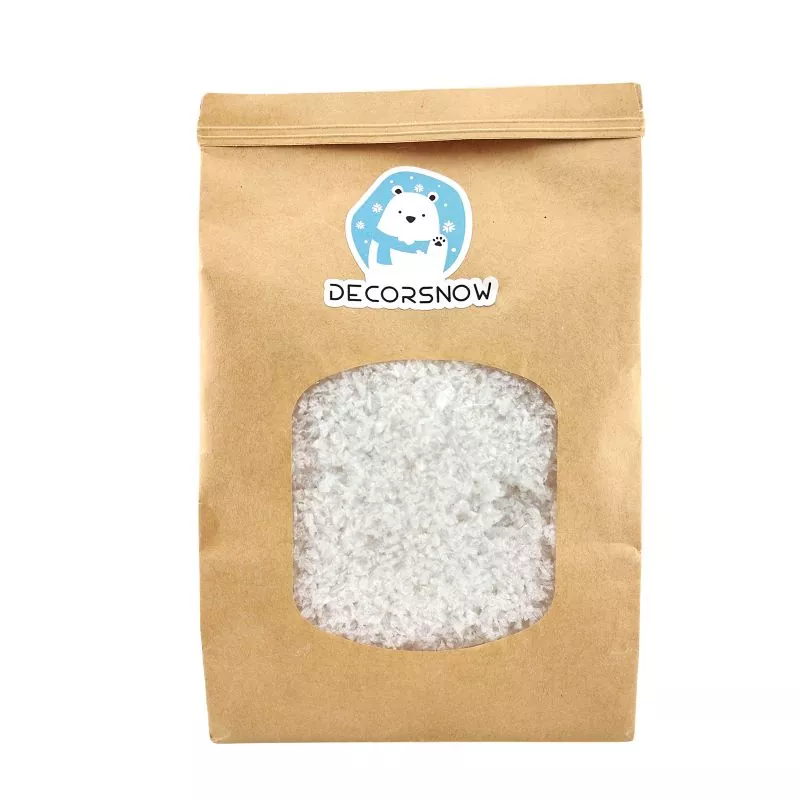What is the science behind artificial snow?
2024-06-14
The science behind artificial snow involves creating snow-like particles by manipulating water and air to mimic the natural snow formation process. This is achieved through the principles of nucleation and freezing, leveraging the physical properties of water, air pressure, and temperature. Here’s a detailed explanation of the science involved:

1. Principles of Snow Formation
Natural snow forms when water vapor in the atmosphere condenses and freezes around small particles, such as dust, creating ice crystals. These crystals grow as they collide with other water vapor molecules, forming snowflakes. Artificial snow production aims to replicate this process under controlled conditions.
2. Nucleation and Freezing
Nucleation is the initial process where water droplets begin to freeze. There are two types of nucleation involved in artificial snowmaking:
- Homogeneous Nucleation: Occurs when water droplets freeze purely based on temperature without any impurities.
- Heterogeneous Nucleation: Happens when water droplets freeze around particles or impurities, which is more common in both natural and artificial processes.
3. Components of Artificial Snowmaking
The main components involved in the production of artificial snow are water, air, and a snowmaking machine (snow gun).
Water
- Water Droplets: Water is pumped through the snow gun and atomized into tiny droplets. Smaller droplets have a larger surface area relative to their volume, allowing them to cool and freeze faster.
- Temperature and Pressure: The water needs to be cold enough to freeze quickly. The ideal temperature for effective snowmaking is below 0°C (32°F), typically between -2°C to -8°C (28°F to 18°F).
Air
- Compressed Air: The snow gun uses compressed air to help atomize the water into fine droplets and to aid in cooling these droplets rapidly.
- Ambient Air: The temperature and humidity of the surrounding air significantly affect the efficiency of snowmaking. Lower humidity and colder temperatures enhance the freezing process.
4. The Snow Gun Mechanism
Snow guns come in different types, but the basic mechanism involves a combination of high-pressure water and compressed air.
Process:
1. Atomization: Water is pumped at high pressure through nozzles in the snow gun, breaking it into fine droplets.
2. Air Injection: Compressed air is injected into the stream of water droplets, further atomizing and cooling them. This creates a mist of tiny water droplets.
3. Freezing: As these droplets are expelled into the cold air, they freeze almost instantly, forming tiny ice crystals that resemble natural snow.
5. Factors Affecting Snow Quality
Several factors influence the quality and characteristics of artificial snow, including:
- Temperature: Colder temperatures produce drier, fluffier snow, while temperatures closer to freezing produce wetter, heavier snow.
- Humidity: Lower humidity helps the water droplets to freeze more quickly, resulting in better snow quality.
- Water Droplet Size: Smaller droplets freeze faster, producing finer snow. Larger droplets take longer to freeze, which can result in wetter snow.
- Air Pressure: Higher air pressure in the snow gun improves atomization and cooling, enhancing the snow production process.
6. Applications and Environmental Considerations
- Ski Resorts: Artificial snow is crucial for maintaining ski slopes, especially in regions with insufficient natural snowfall.
- Environmental Impact: Snowmaking uses significant amounts of water and energy. Sustainable practices and efficient snowmaking technologies are essential to minimize the environmental footprint.
Conclusion
Artificial snowmaking leverages the principles of nucleation and rapid freezing of water droplets to create snow-like particles. By controlling factors such as water pressure, air pressure, temperature, and humidity, snow guns can produce artificial snow that mimics natural snow, providing essential coverage for winter sports and various other applications.


